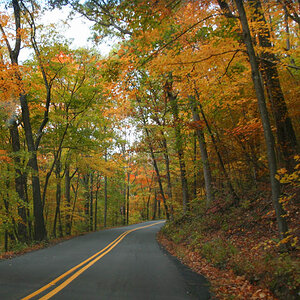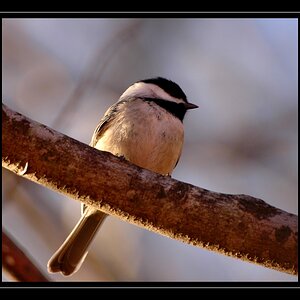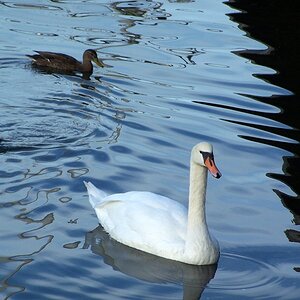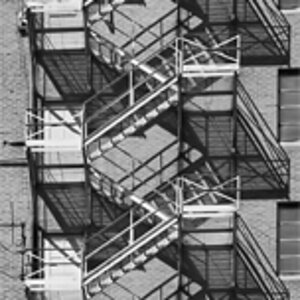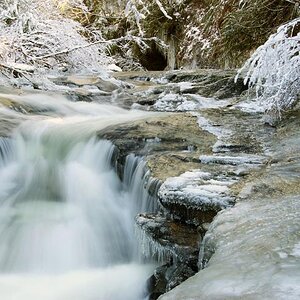- Joined
- May 1, 2008
- Messages
- 25,418
- Reaction score
- 4,999
- Location
- UK - England
- Website
- www.deviantart.com
- Can others edit my Photos
- Photos OK to edit
Drawbacks with extension tubes will be that you lose infinity focus - that means the distance you can focus with the lens will be reduced. How far this is depends on the lens and the amount of tube distance you add but it can be anything from only having a few inches to having a few feet.
The other effect is that tubes reduce your minimum focusing distance - that is how they allow you to get into the macro area; by focusing closer you get a more magnified image of the subject.
Tubes will also sap a bit of light and also sharpness (again dependant on the amount you add) but generally a full set of kenko tubes on most lenses will not cause undue problems with either sharpness or light - though AF can be more strongly affected and be unreliable with shorter focal length lenses where you end up with more magnification.
Generally speaking though AF is not a worry for true macro work as its more relibable to use manual focusing methods.
As for optimal setups this really gets into the which lens and what effect you want. The rough math for tubes is:
Magnification factor = lens focal length divided by tube length :1
So for example a 50mm lens with 50mm of tubes would be
50/50 = 1:1 which is true macro (the subject reflected onto the sensor by the lens is the same size as it is in real life
for a 100mm lens with 50mm of tubes
50/100 = 0.5:1 or half life size
So as you can see a 50mm lens gives you a good option for true macro (what macro lenses achive) whilst if you want more magnification a shorter lens is better (be carefull as sometimes you can end up with the min foucsing distance being a negative value within the lens - thus meaning that you can't ever focus the setup). However people also use them on longer telephotos (eg a 300mm or 400mm) to let them have a fast focusing, long range lens suitable for hunting larger insects like dragonflies and butterflies.
The other effect is that tubes reduce your minimum focusing distance - that is how they allow you to get into the macro area; by focusing closer you get a more magnified image of the subject.
Tubes will also sap a bit of light and also sharpness (again dependant on the amount you add) but generally a full set of kenko tubes on most lenses will not cause undue problems with either sharpness or light - though AF can be more strongly affected and be unreliable with shorter focal length lenses where you end up with more magnification.
Generally speaking though AF is not a worry for true macro work as its more relibable to use manual focusing methods.
As for optimal setups this really gets into the which lens and what effect you want. The rough math for tubes is:
Magnification factor = lens focal length divided by tube length :1
So for example a 50mm lens with 50mm of tubes would be
50/50 = 1:1 which is true macro (the subject reflected onto the sensor by the lens is the same size as it is in real life
for a 100mm lens with 50mm of tubes
50/100 = 0.5:1 or half life size
So as you can see a 50mm lens gives you a good option for true macro (what macro lenses achive) whilst if you want more magnification a shorter lens is better (be carefull as sometimes you can end up with the min foucsing distance being a negative value within the lens - thus meaning that you can't ever focus the setup). However people also use them on longer telephotos (eg a 300mm or 400mm) to let them have a fast focusing, long range lens suitable for hunting larger insects like dragonflies and butterflies.



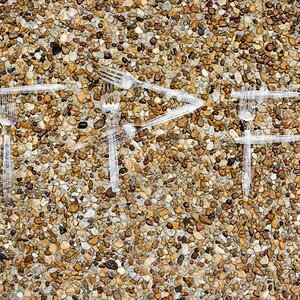
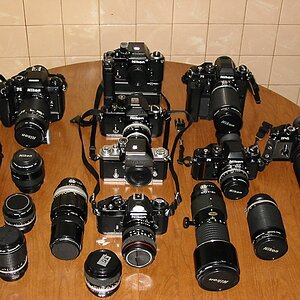
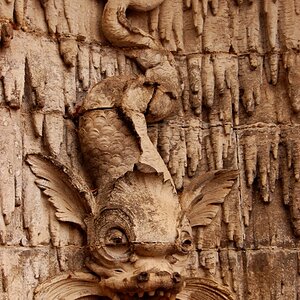
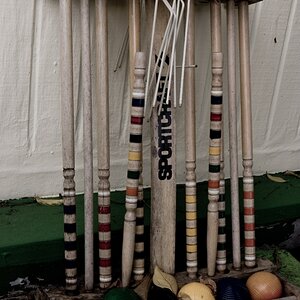
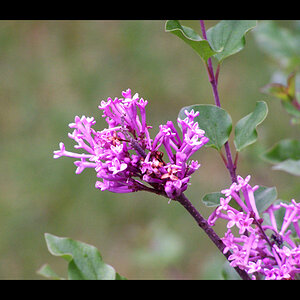
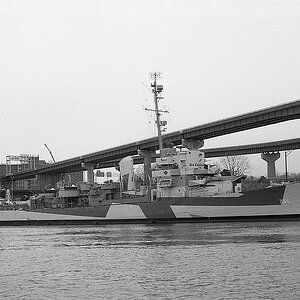
![[No title]](/data/xfmg/thumbnail/32/32004-4455324f0b4b5cc318dd35877147ac47.jpg?1619735148)
